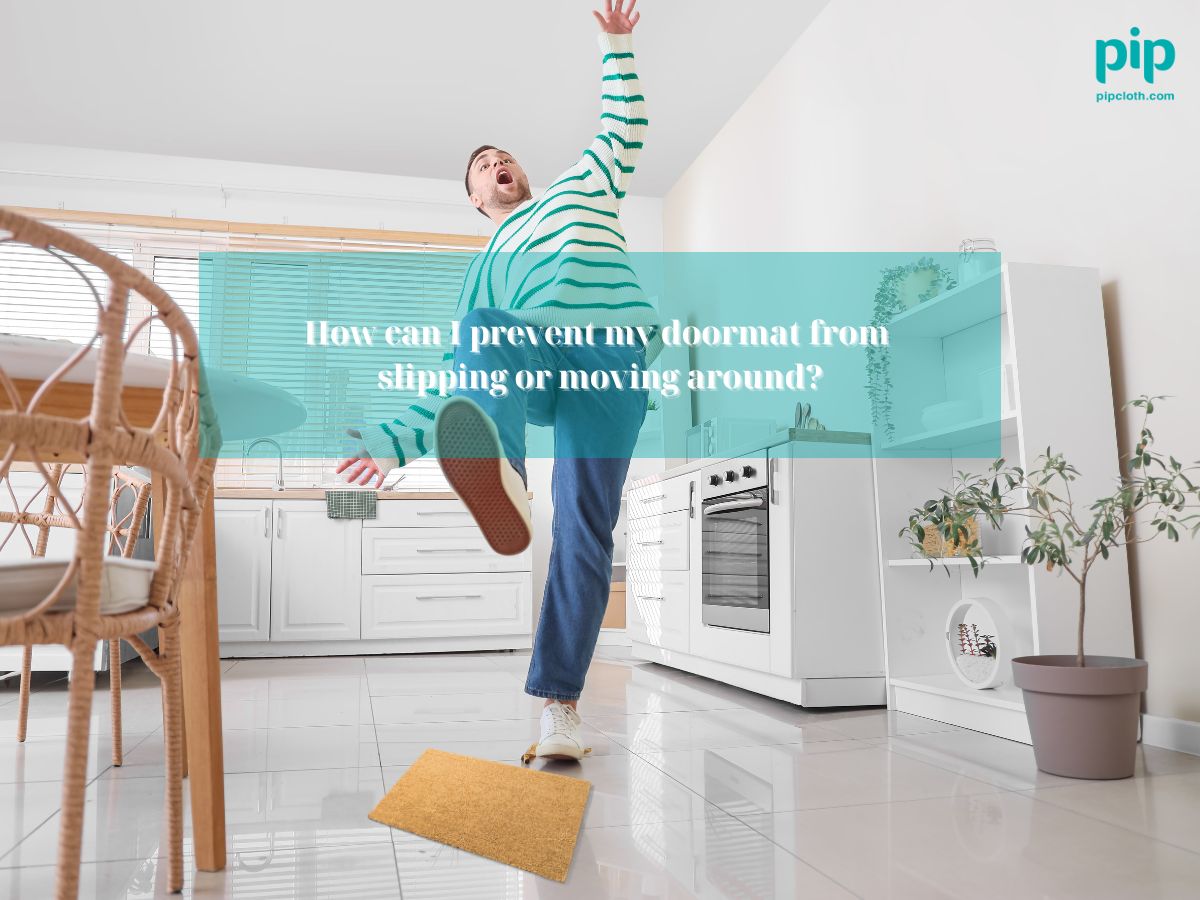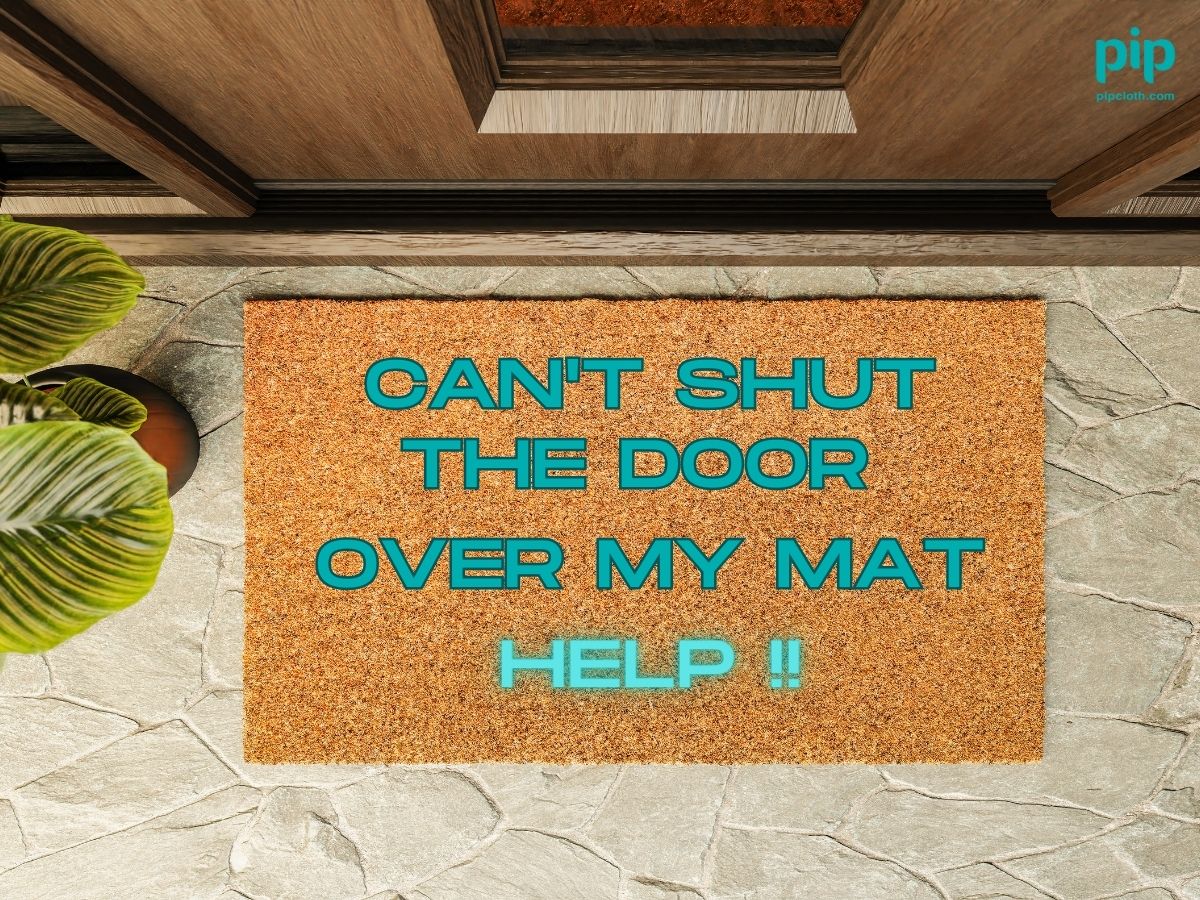A well-maintained doormat is essential for creating a welcoming and clean entryway. According to a survey by the National Cleaning Survey, 85% of consumers believe that a clean entrance is a reflection of the overall cleanliness of a home or business. Not only does a properly cared-for doormat enhance your curb appeal, but it also extends the lifespan of your mat, saving you money in the long run.
In this comprehensive guide, we’ll cover all aspects of doormat care, from understanding different mat materials and their specific needs to implementing effective cleaning and maintenance techniques. By the end of this handbook, you’ll have the knowledge and tools necessary to keep your doormat looking great for years to come.
Understanding Your Doormat Material
The first step in proper doormat care is understanding the material your mat is made from. Different materials have unique characteristics, durability, and care requirements.
Natural Fibers (Coir, Jute, Seagrass)
Natural fiber doormats, such as those made from coir, jute, or seagrass, are eco-friendly and biodegradable. These materials are known for their durability and resistance to moisture and mold. However, they do require specific care to maintain their appearance and integrity.
Care Requirements:
- Regular shaking and brushing to remove dirt and debris
- Avoiding excessive moisture exposure
- Spot cleaning with a mild detergent and warm water
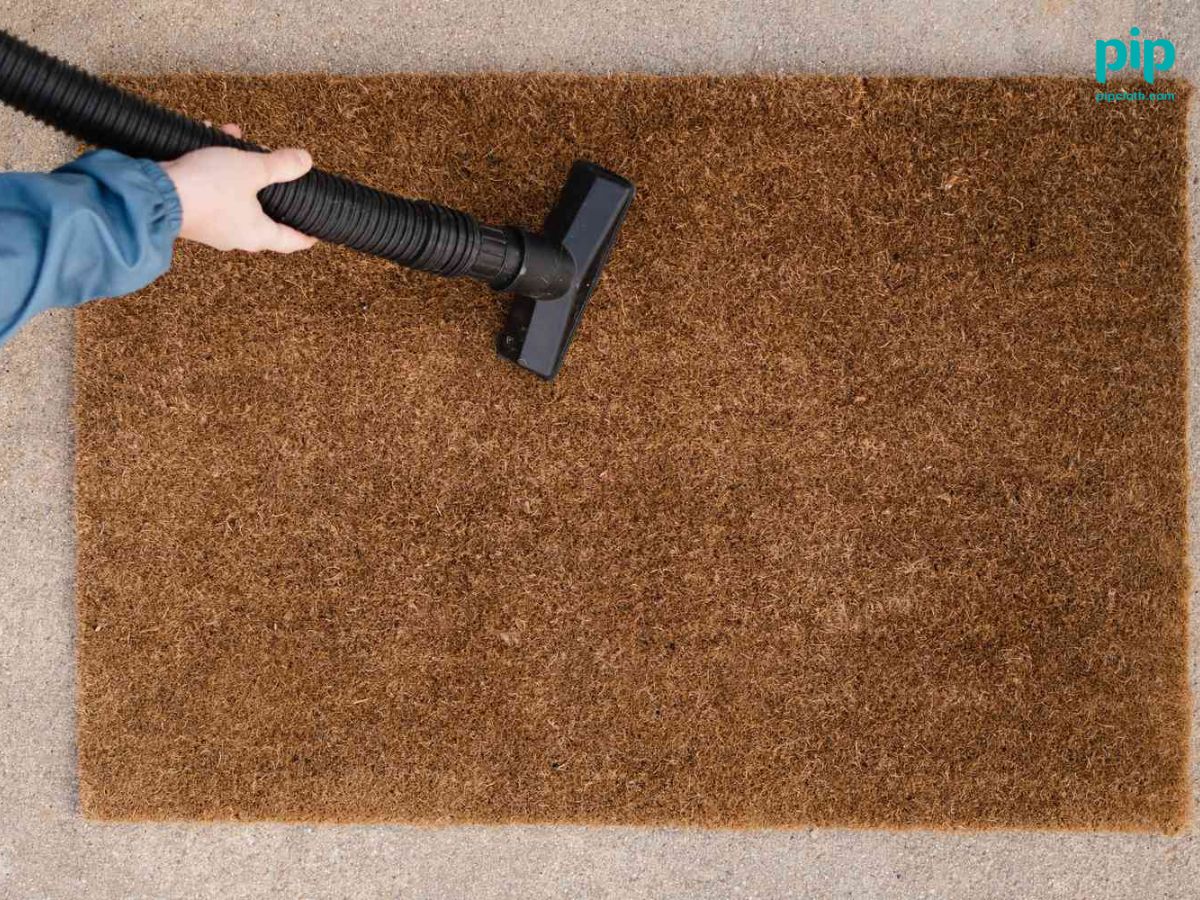
Synthetic Materials (Rubber, Polypropylene, Nylon)
Synthetic doormat materials, including rubber, polypropylene, and nylon, are popular for their weather-resistance and fade-resistance. These mats are generally easy to clean and maintain, making them a practical choice for high-traffic areas.
Care Requirements:
- Hosing down with water and allowing to air dry
- Using a mild detergent for deep cleaning
- Avoiding harsh chemicals or abrasive cleaners
Blended Materials
Some doormats feature a blend of natural and synthetic fibers, offering the benefits of both material types. These mats often have increased durability and versatility, making them suitable for a wide range of environments.
Care Requirements:
- Following the care instructions for the dominant material in the blend
- Considering the unique combination of fibers when cleaning and maintaining
Choosing the Right Doormat for Your Needs
Selecting the appropriate doormat for your specific needs is crucial for ensuring its longevity and effectiveness. Consider the following factors when choosing a doormat:
Entryway Location and Traffic
- Indoor vs. outdoor placement
- High-traffic vs. low-traffic areas
Tip: For high-traffic outdoor areas, choose a durable, weather-resistant mat such as rubber or polypropylene. For indoor low-traffic spaces, a plush nylon or natural fiber mat may suffice.
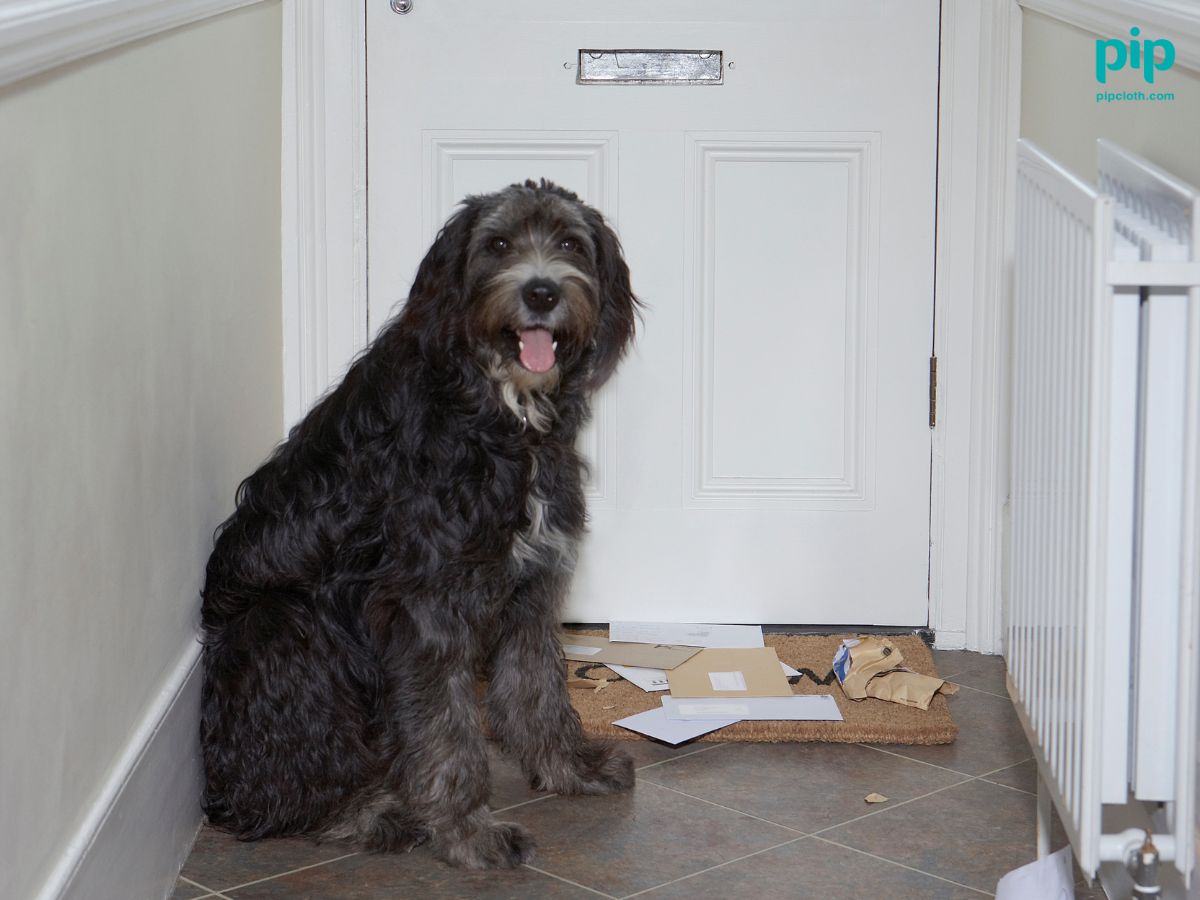
Matching Your Home’s Style
- Color and pattern options
- Material and texture choices
Fact: According to a study by the Color Marketing Group, color is the primary reason for 85% of consumer purchases. Choose a doormat color and style that complements your home’s overall aesthetic.
Size and Shape Considerations
- Ensuring adequate coverage
- Fitting your entryway’s dimensions
Guideline: Your doormat should be at least 80% of your door’s width to provide sufficient coverage and prevent dirt and debris from being tracked inside.
Regular Cleaning and Maintenance
Consistent cleaning and maintenance are key to keeping your doormat looking its best. Establish a regular care routine based on your mat’s material and the level of foot traffic it receives.
Daily Care
- Shaking out loose dirt and debris
- Spot cleaning minor stains with a damp cloth
Weekly Deep Cleaning
- Vacuuming or sweeping to remove embedded dirt
- Washing with a mild detergent and warm water
- Air drying completely before use
Tip: For rubber or synthetic mats, use a hose to rinse away dirt and debris, then allow the mat to air dry in direct sunlight.
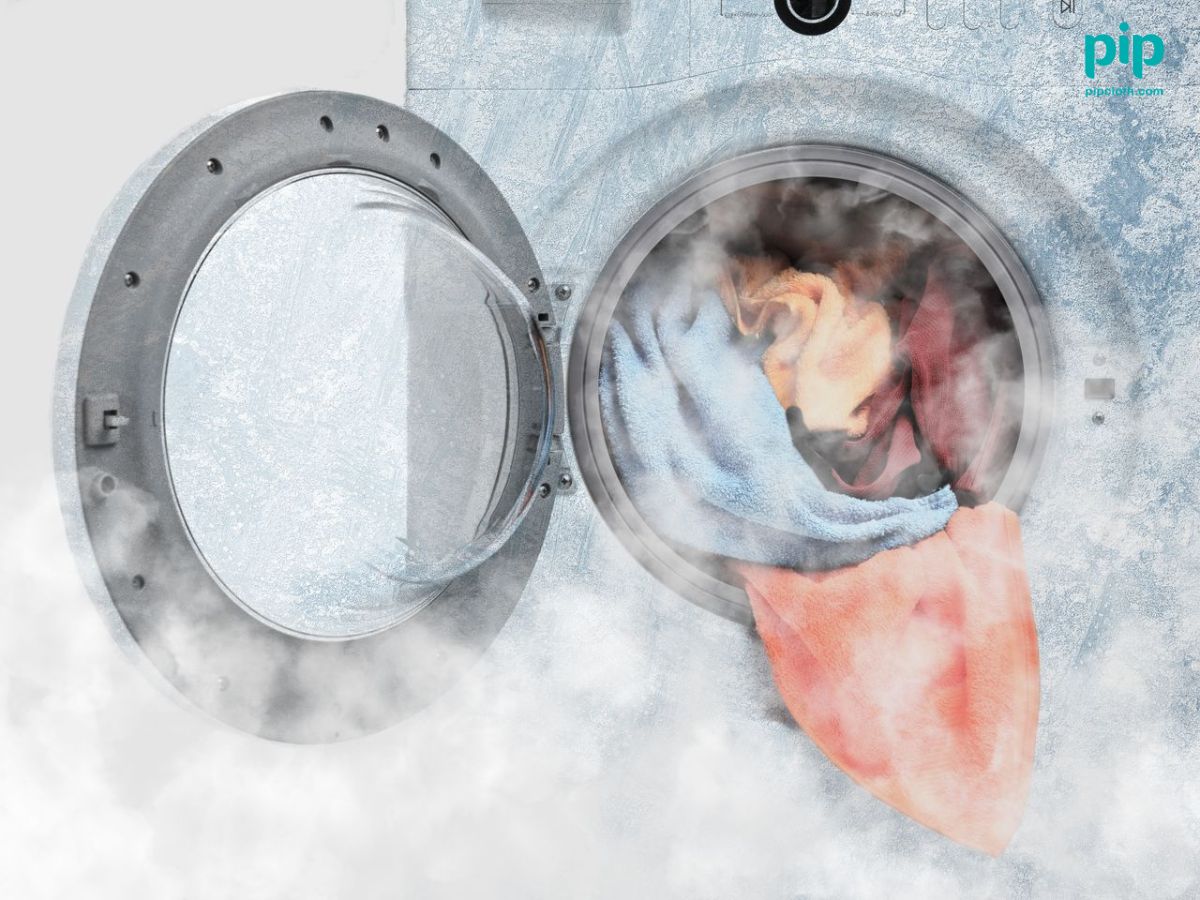
Monthly Maintenance
- Inspecting for signs of damage or wear
- Repairing minor issues, such as loose fibers or frayed edges
- Rotating or flipping the mat to ensure even wear
Fact: Regular cleaning and maintenance can extend the lifespan of your doormat by up to 50%, according to a study by the Institute of Cleaning and Restoration Certification.
Stain Removal Techniques
Despite your best efforts, stains are bound to happen. Knowing how to effectively remove common stains is essential for maintaining your doormat’s appearance.
Identifying Common Stains
- Mud and dirt
- Grease and oil
- Food and beverage spills
- Pet stains
Stain Removal Methods
- Blotting and Absorbing
- Use a clean, white cloth or paper towel
- Press firmly to absorb as much of the stain as possible
- Avoid rubbing, as this can spread the stain and damage fibers
- Using Specific Cleaning Products
- Enzymatic cleaners for organic stains (food, pet waste)
- Solvent-based cleaners for oil and grease stains
- Always test cleaners on an inconspicuous area first
- Homemade Cleaning Solutions
- Mix equal parts white vinegar and water for a natural cleaning solution
- Create a paste using baking soda and water for tough stains
- Apply the solution or paste to the stain, let sit for 10-15 minutes, then rinse
Preventing Future Stains
- Apply a stain-resistant treatment, such as Scotchgard or 303 Fabric Guard
- Address stains promptly to prevent setting
- Place a shoe cleaning station near the entrance to minimize dirt and debris
Statistic: According to a survey by the American Cleaning Institute, 70% of households have experienced difficult-to-remove stains on their doormats, with mud and pet stains being the most common culprits.
Odor Elimination and Prevention
Unpleasant odors can accumulate in doormats over time, particularly in damp or humid environments. Effectively eliminating and preventing odors is crucial for maintaining a fresh and welcoming entryway.
Identifying Odor Sources
- Moisture and mildew growth
- Organic matter, such as food residue or pet waste
Odor Removal Techniques
- Sunlight and Fresh Air
- Hang the doormat outside in direct sunlight for several hours
- Allow for adequate ventilation to dissipate odors
- Baking Soda or Vinegar
- Sprinkle baking soda liberally over the mat, let sit for 30 minutes, then vacuum
- Mix equal parts white vinegar and water in a spray bottle, apply to the mat, and let air dry
- Enzymatic Odor Eliminators
- Use a pet-specific odor remover, such as Nature’s Miracle or OdorKlenz
- Apply the product according to the manufacturer’s instructions
Preventing Odors
- Ensure the mat is completely dry before placing it back in the entryway
- Use a deodorizing spray or powder regularly to maintain freshness
- Address the source of the odor (e.g., clean up pet accidents immediately)
Fact: Baking soda is a natural odor absorber and can effectively neutralize up to 90% of common household odors, according to a study by the Good Housekeeping Institute.
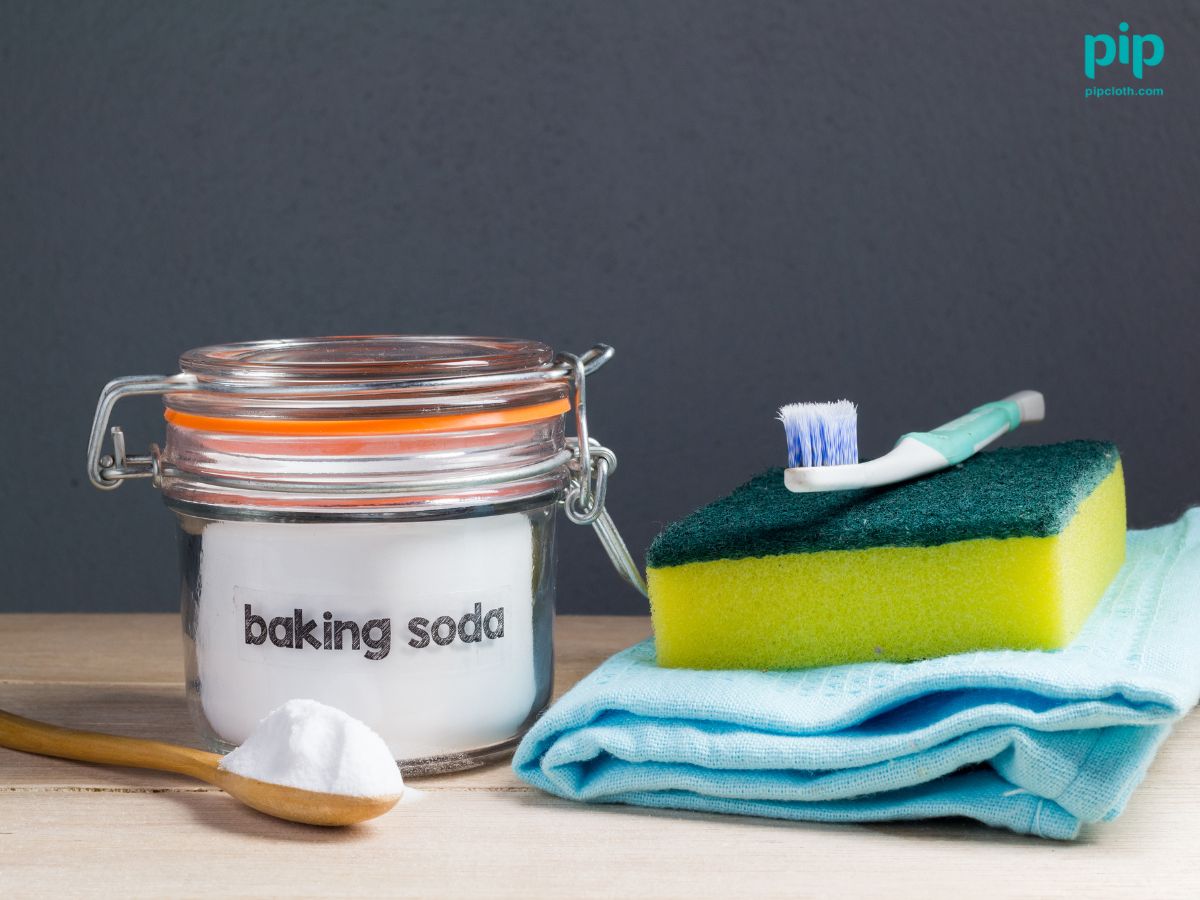
Seasonal Doormat Care
As the seasons change, so should your doormat care routine. Adapt your maintenance practices to address the unique challenges of each season.
Spring and Summer Maintenance
- Increase cleaning frequency to combat pollen, grass clippings, and dirt
- Protect the mat from direct sunlight to prevent fading
- Use a UV-resistant spray for synthetic materials
Fall and Winter Care
- Remove salt and snow residue promptly to prevent damage
- Use a weatherproof mat or tray to minimize moisture exposure
- Brush or shake the mat regularly to remove debris
Storing Doormats During Off-Seasons
- Clean and dry the mat thoroughly before storing
- Roll or fold the mat loosely to prevent creasing
- Store in a cool, dry place away from direct sunlight
Tip: Rotate your doormats seasonally to extend their lifespan and add a fresh look to your entryway.
Extending Your Doormat’s Lifespan
With proper care and maintenance, your doormat can last for years. Implement these strategies to maximize your mat’s longevity:
Proper Placement and Use
- Avoid placing the mat in direct sunlight or harsh weather conditions
- Rotate the mat regularly to ensure even wear
- Use a mat on both sides of the door to minimize dirt and moisture
Repairing Damage
- Trim loose threads or fibers with scissors
- Patch holes or tears with a fabric repair kit or by sewing
- Secure frayed edges with a fabric sealant or adhesive
Knowing When to Replace Your Doormat
- Look for signs of excessive wear, such as large holes or thin spots
- Replace the mat if it no longer effectively traps dirt or moisture
- Consider replacing mats every 1-2 years, depending on traffic and care
Statistic: According to a survey by the National Floor Safety Institute, 85% of all slip-and-fall accidents occur on wet or damaged floor surfaces, including worn-out doormats. Regularly inspecting and replacing your doormat can help prevent these accidents.
Eco-Friendly Doormat Care
Caring for your doormat doesn’t have to come at the cost of the environment. Implement these eco-friendly practices for a greener cleaning routine:
Choosing Sustainable and Biodegradable Materials
- Opt for natural fiber mats, such as coir or jute
- Look for mats made from recycled materials, like rubber or plastic
Using Natural Cleaning Products
- Clean with a mixture of white vinegar and water
- Use baking soda to absorb odors and remove stains
- Avoid harsh chemicals or synthetic fragrances
Disposing of Old Doormats Responsibly
- Donate gently used mats to local animal shelters or charities
- Repurpose old mats as padding for pet beds or garage floors
- Recycle the mat if possible, or dispose of it according to local guidelines
Fact: Natural fiber doormats, such as those made from coir, are 100% biodegradable and can decompose in as little as 6-12 months when disposed of properly.

Can I make a doormat using old or waste clothing materials?
Troubleshooting Common Doormat Issues
Even with regular care and maintenance, you may encounter some common issues with your doormat. Here’s how to address them:
Curled or Lifted Edges
- Use double-sided tape or velcro to secure the edges to the floor
- Place a heavy object on the corners until the mat lays flat
Shedding or Unraveling Fibers
- Trim loose fibers with scissors, being careful not to cut the mat itself
- Apply a small amount of fabric glue to the back of the mat to secure fibers
Mold and Mildew Growth
- Clean the mat thoroughly with a mixture of water and white vinegar
- Allow the mat to dry completely in direct sunlight
- Consider using a dehumidifier in damp areas
Fading or Discoloration
- Rotate the mat regularly to minimize sun exposure
- Use a UV-resistant spray for outdoor mats
- Consider choosing a lighter color mat for high-sun areas
Tip: Prevention is key when it comes to doormat issues. Regular cleaning, proper placement, and prompt repairs can help you avoid many common problems.
Creative Doormat Ideas
Your doormat doesn’t have to be purely functional – it can also be a reflection of your personal style and creativity. Try these ideas to add a unique touch to your entryway:
Personalized or Monogrammed Mats
- Add your family name or initials for a custom look
- Use a stencil and outdoor paint for a DIY option
- Order a custom mat from a retailer like Frontgate or Pottery Barn
Seasonal or Holiday-Themed Mats
- Choose a mat with festive colors or patterns for each season
- Display a holiday-specific design, such as a pumpkin for Halloween or a snowflake for winter
- Rotate your seasonal mats to keep your entryway looking fresh
DIY Doormat Projects
- Paint a plain mat with a unique design using stencils or freehand
- Create a mosaic mat using small tiles or pebbles
- Embroider or cross-stitch a design onto a plain fabric mat
Fact: According to a survey by the National Retail Federation, nearly 40% of consumers use doormats to express their personal style or seasonal decor preferences.
Conclusion
Proper doormat care is essential for maintaining a clean, welcoming, and safe entryway. By understanding your mat’s material, implementing regular cleaning and maintenance, and addressing issues promptly, you can extend the lifespan of your doormat and keep it looking great for years to come.
Remember to choose a mat that suits your specific needs, considering factors such as traffic level, placement, and personal style. Don’t be afraid to get creative with your doormat selection and care routine – a unique, well-maintained mat can add character and charm to your home.
By following the tips and techniques outlined in this handbook, you’ll be well-equipped to tackle any doormat care challenge that comes your way. Your efforts will be rewarded with a beautiful, functional, and long-lasting doormat that enhances your home’s entrance and reflects your personal style.
FAQ Section:
Q1: How often should I replace my doormat?
The frequency of doormat replacement depends on several factors, such as the level of foot traffic, exposure to the elements, and the quality of the mat. On average, doormats should be replaced every 1-2 years. However, high-traffic areas may require more frequent replacements, while low-traffic areas may allow for longer intervals. Inspect your doormat regularly for signs of wear, such as fraying, thinning, or loss of effectiveness in trapping dirt and moisture.
Q2: Can I wash my doormat in the washing machine?
The ability to machine wash your doormat depends on its material and construction. Some materials, like rubber or vinyl, should never be machine washed as it can cause damage or deterioration. Natural fiber mats, such as coir or jute, may also be unsuitable for machine washing. Always check the manufacturer’s care label or instructions before attempting to machine wash your doormat. If machine washing is not recommended, stick to hand washing or spot cleaning methods.
Q3: How can I prevent my doormat from slipping or sliding on the floor?
To prevent your doormat from slipping or sliding, consider the following solutions:
- Choose a mat with a slip-resistant backing, such as rubber or latex.
- Place a non-slip rug pad or gripper underneath the mat.
- Use double-sided tape or velcro strips to secure the mat to the floor.
- Ensure the floor surface is clean and dry before placing the mat.
By implementing these measures, you can reduce the risk of slips and falls caused by a shifting doormat.
Q4: Are natural fiber doormats more eco-friendly than synthetic options?
Natural fiber doormats, such as those made from coir, jute, or seagrass, are generally considered more eco-friendly than synthetic options. These materials are biodegradable, renewable, and often sustainably harvested. They can decompose naturally in 6-12 months when disposed of properly. In contrast, synthetic materials like rubber or polypropylene are derived from non-renewable resources and can take hundreds of years to decompose in landfills.
Q5: How can I remove tough stains from my doormat?
To remove tough stains from your doormat, follow these steps:
- Identify the type of stain (e.g., oil, food, pet waste) and select an appropriate cleaning solution.
- Apply the cleaning solution directly to the stain, using a brush or sponge to work it into the fibers.
- Allow the solution to sit for 10-15 minutes to penetrate the stain.
- Rinse the mat thoroughly with clean water and allow it to air dry completely.
For specific types of stains, consider using targeted cleaning products like enzymatic cleaners for organic stains or solvent-based cleaners for oil and grease.
Q6: Can I use a doormat on a heated floor?
Yes, you can use a doormat on a heated floor, but it’s essential to choose the right material. Some materials, like rubber or plastic, can emit unpleasant odors or degrade when exposed to constant heat. Opt for a mat made from heat-resistant materials, such as 100% natural fibers like coir or wool. These materials can withstand temperatures up to 120°F (49°C) without damage or off-gassing. Additionally, ensure the mat has a low profile and allows for adequate airflow to prevent heat buildup.
Q7: How do I choose the right size doormat for my entryway?
To choose the right size doormat for your entryway, consider the following guidelines:
- For single doors, select a mat that is at least 80% of the door’s width and long enough to accommodate both feet when standing.
- For double doors, choose a mat that spans the width of both doors and allows for comfortable foot placement.
- For sliding doors, opt for a mat that covers the entire threshold and extends at least 18 inches on either side.
When in doubt, err on the side of a larger mat to ensure adequate coverage and protection for your flooring.
Q8: Can I use a doormat to reduce noise in my apartment or condo?
While doormats are primarily designed to trap dirt and moisture, they can also help reduce noise in multi-unit dwellings like apartments or condos. A dense, cushioned mat can absorb sound and minimize the impact of foot traffic on hard flooring surfaces. Look for mats with a thick pile or foam backing to maximize sound absorption. Additionally, placing a mat on both sides of the door can create an airlock effect, further reducing noise transmission.
Q9: How can I make my doormat more accessible for people with disabilities?
To make your doormat more accessible for people with disabilities, consider the following guidelines:
- Choose a mat with a low profile (no more than 1/2 inch thick) to prevent tripping hazards.
- Opt for a mat with a firm, stable surface that can accommodate mobility aids like wheelchairs or walkers.
- Ensure the mat is securely anchored to the floor to prevent slipping or shifting.
- Select a mat with a high-contrast border or pattern to improve visibility for those with visual impairments.
By following these guidelines, you can create a safer and more inclusive entryway for all visitors.
Q10: How can I incorporate my doormat into my overall entryway design?
To incorporate your doormat into your overall entryway design, consider the following tips:
- Choose a mat with colors, patterns, or textures that complement your existing decor.
- Layer your doormat with a larger area rug to create a cohesive look and added functionality.
- Select a mat with a unique shape or design that reflects your personal style or the architectural features of your home.
- Coordinate your doormat with other entryway elements, such as wall art, lighting, or planters.
By treating your doormat as an integral part of your entryway design, you can create a welcoming and visually appealing space that reflects your taste and personality.
Q11: Can I expedite the shipping of my doormat order?
PipCloth offers a Fast Express worldwide shipping option that delivers your doormat within 7 to 12 days of placing your order. This expedited service costs $12.95. And with Standard Express – Worldwide Shipping (Delivery within 15 to 18 days of order): $4.95



